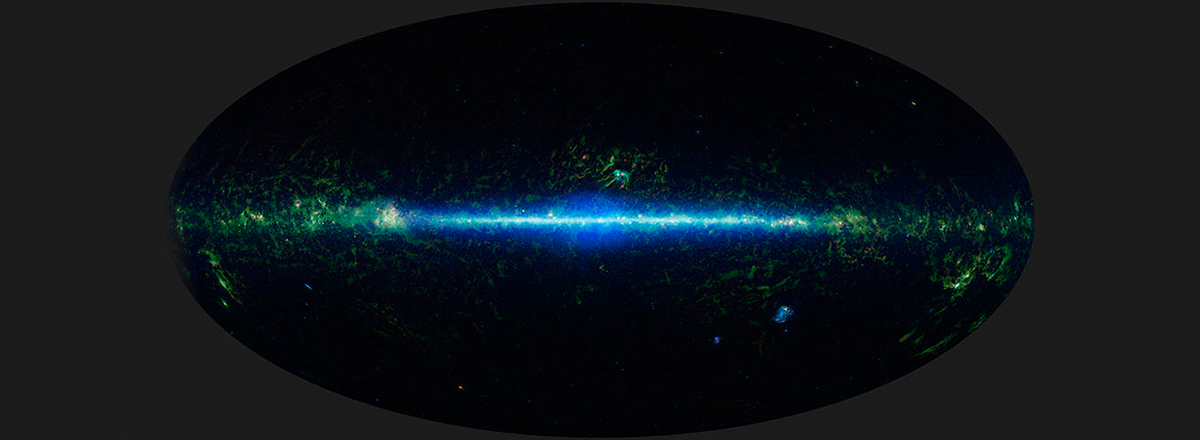NASA Shared a 12-year Timelapse of the Entire Universe
NEOWISE has added hundreds of brown dwarfs to its catalog, monitored 1,000 protostars, gas balls hot enough to ignite and become stars, and discovered millions of supermassive black holes at the centers of distant galaxies.

NASA has shared a 12-year timelapse movie of the entirety of the night sky captured by the Wide-Field Infrared Survey Explorer (WISE), or NEOWISE spacecraft, an infrared space telescope that takes pictures in all directions, performing wide-field surveys of the sky and completing one image of the night sky every six months since 2010.
NASA scientists have combined 18 of these all-sky images to create a 12-year timelapse of the night sky that gives an idea of how the cosmos has changed during that time. The 19th and 20th all-sky maps will be released in March 2023.
The telescope was launched into Earth's orbit on December 14, 2009, to study the universe outside of our Solar System. The WISE mission ended in 2011 when the telescope ran out of coolant, which is necessary for infrared observations. However, some of its infrared detectors were still working, so NASA reactivated the mission as NEOWISE, one of the main goals of which was to track and characterize near-Earth objects, including asteroids and comets.
In general, NEOWISE has added hundreds of brown dwarfs to its catalog, monitored 1,000 protostars, gas balls hot enough to ignite and become stars, and discovered millions of supermassive black holes at the centers of distant galaxies.
Data that NEOWISE collects gives scientists an invaluable insight into how celestial objects are moving and changing over time – whether it's stars or black holes.

